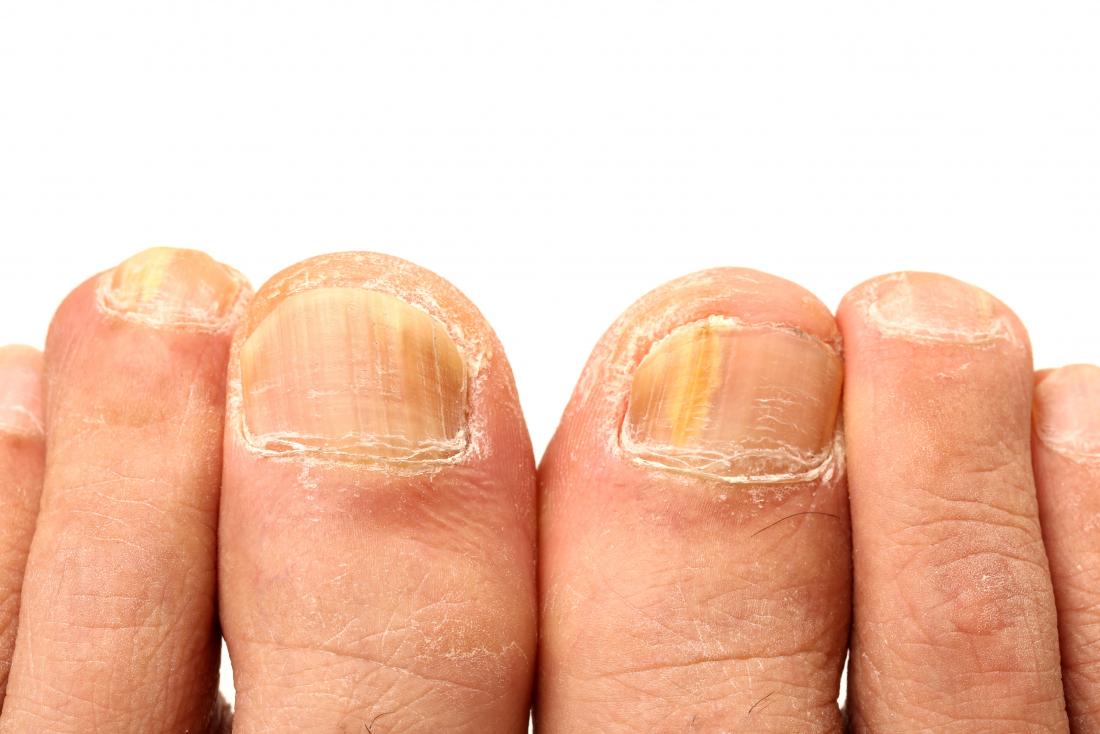Nail Fungus From Acrylic Nails Symptoms

Symptoms go away with treatment and last less than six weeks.
Nail fungus from acrylic nails symptoms. Fungus Under Acrylic Nails Nail Fungus I am very much sure you must be aware of this phrase as this is the name of a widely spreading nail disease. Introduction Mode of Infection Symptoms Prediposing Factors Lab Diagnosis Treatment Prevention and Keynotes Introduction of Fungal Nail Infection Fungal nail infection is the common infection of the fingernails or toenails and is also called onychomycosis. Common symptoms include.
Getting rid of nail fungus from fake acrylic nails Nail fungus that appear on the artificial acrylic nails may not be life-threatening. They may be signs of other diseases or abnormalities. One study found that out of a group of 68 women who developed nail concerns after removing acrylic nails 67 of them had fungal infections.
Distal subungal onychomycosis starts as a discolored area at the nails corner and slowly spread toward the cuticle. Many people choose to have acrylic nails applied to their hands. This means that the gap that is formed between the acrylic nail and the original nail is the perfect environment for the fungus to grow.
EMUAID is a Safe and Painless Alternative to Nail Fungus. Thickening of nails with brittle and ragged edges. However the most frequent problem related to acrylic nails is onychomycosis or fungal infection of the nails.
Under fingernail fungus treatment-If the fungus gets some advantage over our fingertip defenses it may start growing on the keratin of the skin under the nail plate There is a buildup of organic waste material and the body can react with overproduction of keratin both of which forces the nail to separate from the nail bedOnychomycosis also known as tinea. 68 women who had nail issues after having acrylic nails removed developed acrylic nail fungus after the removal according to a study by Trusted Source. The natural nails may begin to look deformed.
Nail fungal infection or onychomysis is easy to spot. The infection is only in the nail fold and doesnt extend deeper inside the finger or toe. Symptoms develop more slowly than acute paronychia and they usually last six weeks or longer.









